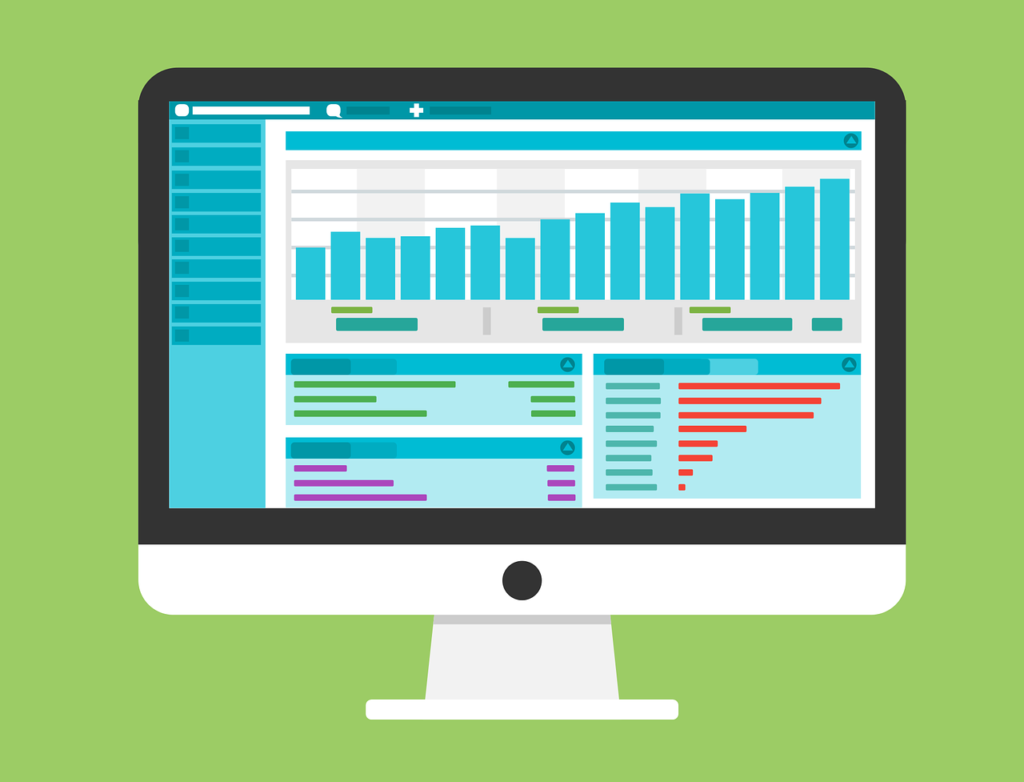Linear Regression: Understanding Linear Relationships, Assumptions and Interpretation, Practical Examples in Advanced Biostatistics
1. Understanding Linear Relationships: Definition: Linear regression is a statistical method used to model the relationship between a dependent variable (Y) and one or more independent variables (X) by fitting a linear equation (a straight line) to the data. Understanding Linear Relationships: In a linear regression model, the relationship between the dependent variable and the […]







